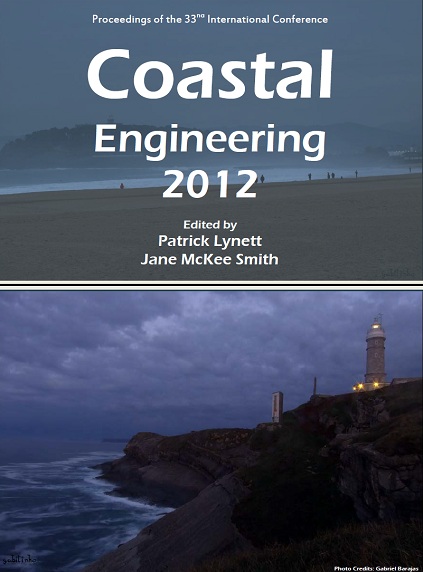Abstract
The channels in the Yangtze Estuary have an ordered-branching structure: The estuary is first divided by the Chongming Island into the North Branch and the South Branch. Then the South Branch is divided into the North Channel and South Channel by the Islands Changxing and Hengsha. The South Channel is again divided into the North and South Passage by the Jiuduansha Shoal. This three-level bifurcation and four-outlet configuration appears to be a natural character of the estuary, also in the past (Chen et al., 1982), although the whole system has been extending into the East China Sea in the southeast direction due to the abundant sediment supply from the Yangtze River. Recently, the natural development of the system seems to be substantially disturbed by human interferences, especially the Deep Navigation Channel Project. For the understanding of the behaviour of the bifurcating channel system in the estuary we present analysis on two aspects: (1) the equilibrium configuration of river delta distributary networks, and (2) influence of tidal flow on the morphological equilibrium of rivers. Based on the analyses we conclude that the branching channel structure of the Yangtze Estuary can be classified as tide-influenced river delta distributary networks. Its basic structure is the same as in case of river dominated delta. The empirical relations describing the basic features of the river-dominated distributary delta networks can be explained by theoretical analysis, although they are not fully satisfied by the Yangtze Estuary because of the influence of the tide. Two major influences of the tide are identified, viz. increasing the resistance to the river flow into the sea and increasing the sediment transport capacity. As consequence of these two influences the cross-sectional area of the river/estuary increases in the seawards direction and the bed slope decreases. The insights from the analyses are helpful for the understanding of the impact of the Deep Navigation Channel Project on the large scale morphological development of the estuary.References
Andrén, H. (1994), Development of the Laitaure delta, Swedish lappland: A study of growth, distributary forms, and processes, Ph.D. thesis, 188 pp., Institute of Earth Sciences: Physical Geography, Uppsala University, Uppsala, Sweden.
Chen, J.Y., Yu, C.X. and Hu H.C., 1982, The model of development of the Changjiang estuary during the last 2000 years, In Kennedy, J.F. (editor), Estuarine comparison, Academic press, 1982, pp. 655-666.
PMid:7182143
Edmonds, D. A. & Slingerland, R. L. Mechanics of river mouth bar formation: Implications for the morphodynamics of delta distributary networks. J. Geophys. Res. 112, F02034 (2007).
Mikhailov, V. N. (1970), Hydrologic-morphometric characteristics of delta branches, Studies and Reports in Hydrology 9, IASH/UNESCO, 146-158.
Wang, Z. B., M. De Vries, R. J. Fokkink, and A. Langerak (1995), Stability of river bifurcations in 1d morphodynamic models, J. Hydraul. Res. 33, 739-750.http://dx.doi.org/10.1080/00221689509498549

